Effluvium Warning Cards from The Loological Society
In late 1992, Henry made some “Effluvium Warning Cards” which he gave to friends and relatives to hang on the door of their toilet or bathroom – or “Necessarium”, as Henry liked to call it.
These cards, issued by “The Loological Society” (a Henry invention), comprised two postcards stuck back-to-back, with a little hanger on the top. The postcard on one side (Side 1) depicted a “Work of Art”. The postcard on the other (Side 2) was always an Imperial War Museum postcard of the painting “Gas Mask” by William Ramsden Brealey.
Below are the Side 1s of the three Effluvium Warning Cards we still have in our possession, along with a Side 2:
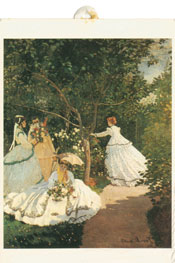
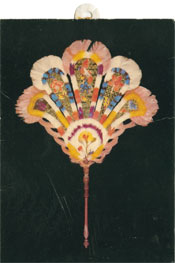
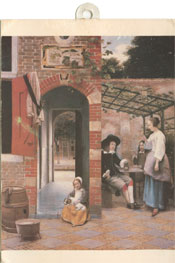
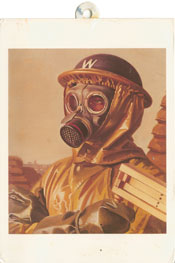
Henry wrote the following Directions for Use:
THE LOOLOGICAL SOCIETY OF ENGLAND. EFFLUVIUM WARNING CARDS.
Directions for Use:
Place the Card on the exterior door of the Necessarium, exposing Side 1. This is a reproduction of a Work of Art which demonstrates that the Household is dedicated to Civilized Values. Should any Noxious Effluvium be generated inside the Necessarium, the Civilized Household will naturally wish to prevent distress to a Subsequent User of the Necessarium, and the Member of the Civilized Household who has generated the said Noxious Effluvium will, on leaving, expose Side 2 of the Effluvium Warning Card. The Member is expected to test the atmosphere after the lapse of some ten to fifteen minutes, and should the Effluvium be sufficiently attenuated such that no distress will be caused to a Subsquent User, Side 1 will be exposed again.
Effluvium Warning Cards are strongly recommended by the Health and Safety Executive.
Collect Effluvium Warning Cards! Side 1 of these superb cards depicts a Great Work of Art and the Door of the Necessarium is a natural place for exhibition of Art. Visitors will look out for changes!
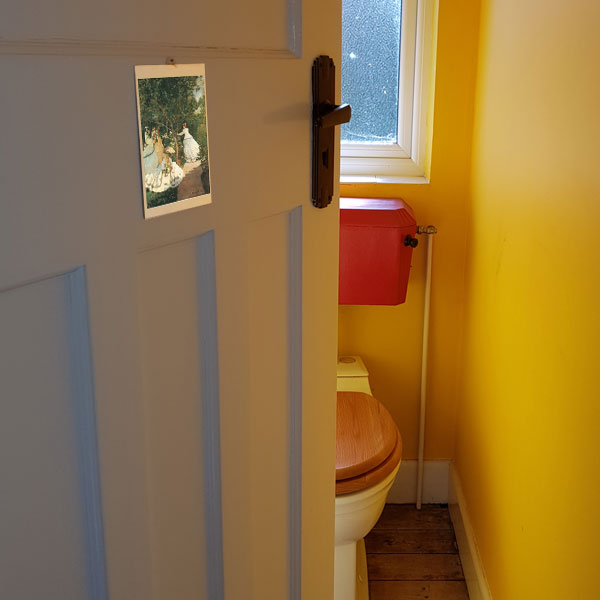
Side 1 of the Effluvium Warning Card displayed.
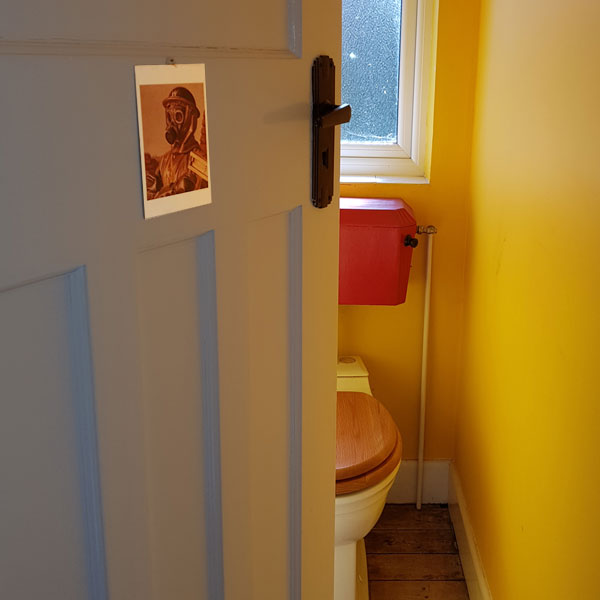
Side 2 of the Effluvium Warning Card displayed.
As well as Directions for Use, Effluvium Warning Cards were supplied with a handwritten note detailing the artworks used and a pin for hanging the card on.
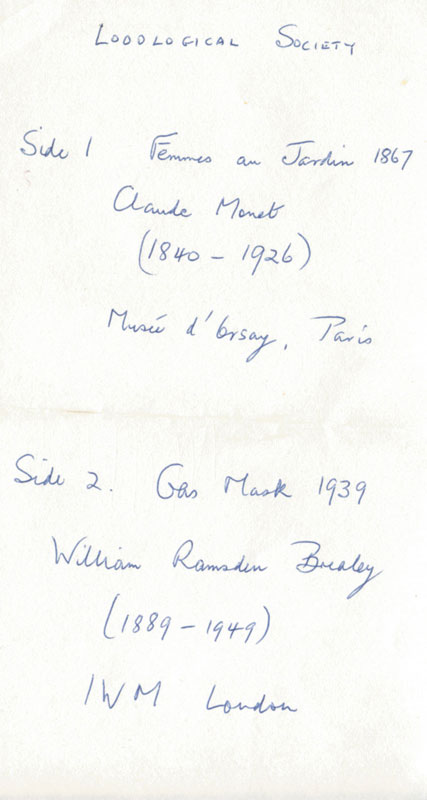
After Henry’s death we found a pile of postcards of Works of Art intended for use on Effluvium Warning Cards. Most of the cards were from the Fitzwilliam Museum in Cambridge or The National Gallery in London. Henry must have spent some time in the shops of these galleries choosing postcards!
Henry had selected the following Fitzwilliam Museum postcards, although some of these artworks now seem to have left the Museum: “Girl with a Sunshade” (Jules Bastien-Lepage); “The Angel of the Divine Presence clothing Adam and Eve with skins” (William Blake); “The Last of England” (Ford Madox Brown); “A Vase of Flowers” (Jan Brueghel); “Courtyard with an Arbour in Delft” (Pieter de Hooch); “Le Place Clichy” (Pierre-Auguste Renoir); “Walberswick, Children Paddling” (Philip Wilson Street); and “The Messel Feather Fan” (a postcard of an English or Dutch 17th Century fan).
From the National Gallery, Henry had selected “The Cornfield” (John Constable); “Cupid complaining to Venus” (Lucas Cranach the Elder); “The Market Cart” (Thomas Gainsborough); “Van Gogh’s Chair” (Vincent Van Gogh); “A Lady with a Squirrel and a Starling” (Hans Holbein the Younger); “The Courtyard of a House in Delft” (Pieter de Hooch); “A Bather” (Pierre-Auguste Renoir); “At the Theatre” (Pierre-Auguste Renoir); “Les Parapluies” (Pierre-Auguste Renoir); and “The Fighting Témérairé” (Joseph Mallard William Turner).
There were also a few cards from other galleries: “The Bridge at Asnières” (Vincent Van Gogh); “Femmes au jardin” (Claude Monet); and “The Temptation of St Hilarion” (Dominique Papety).
In a letter to me [daughter Andrea] in February 1993, Henry wrote:

Extremely dull day here though very mild. Yesterday we spent rather idly, discussing art and our collection of postcards. I find the Effluvium Card business IS a Civilising Influence. Though Katharina has said that nobody to whom she sent one over Christmas has replied with comments and that they may have found the cards improper!
Oh Dear.
